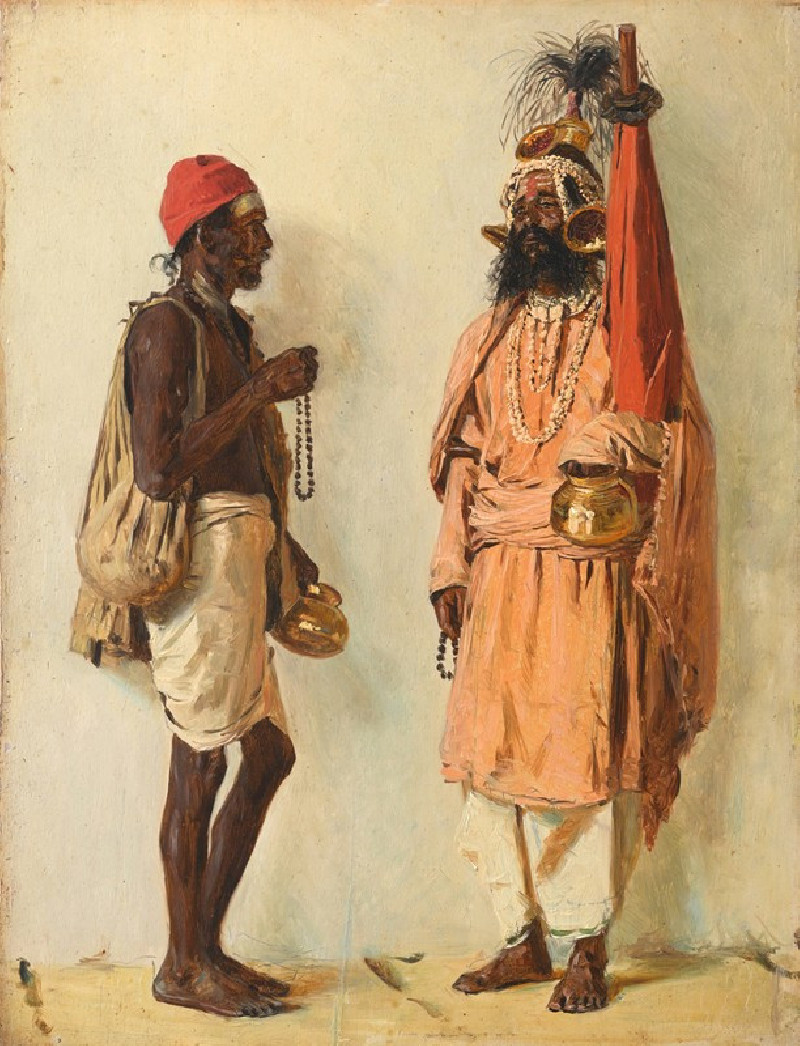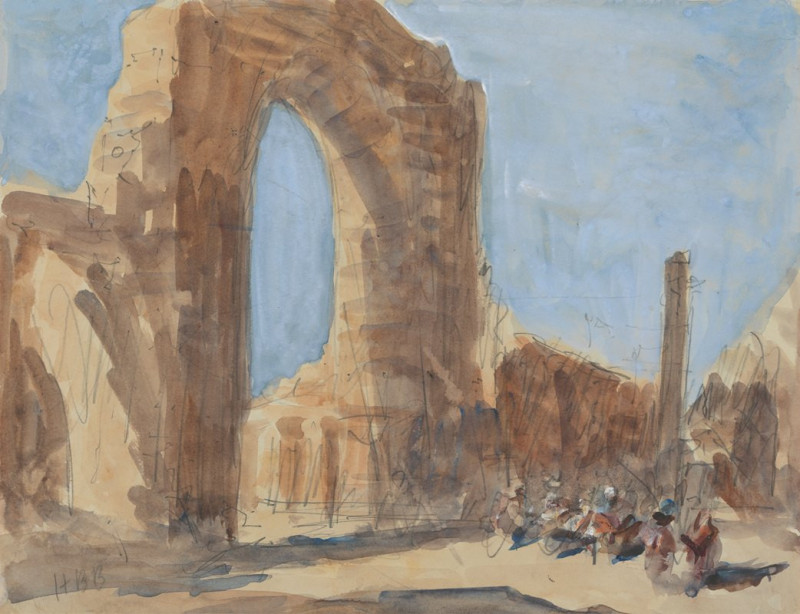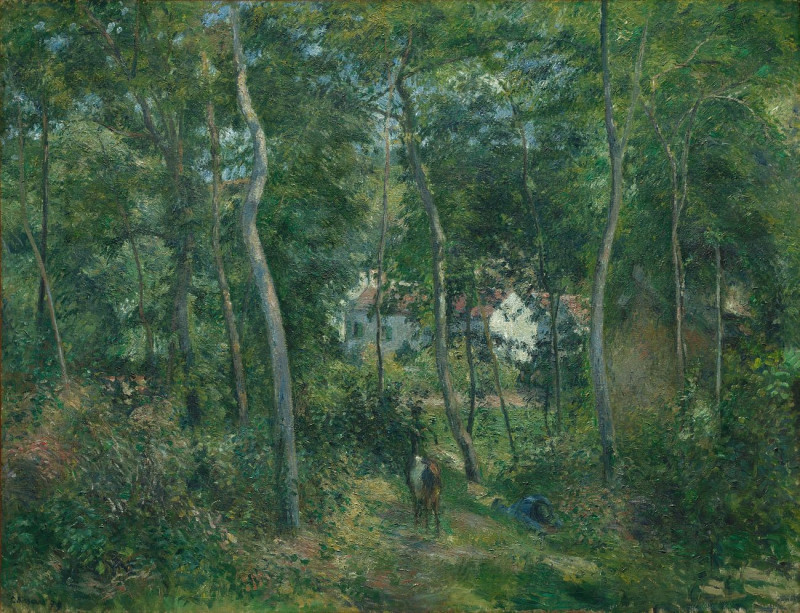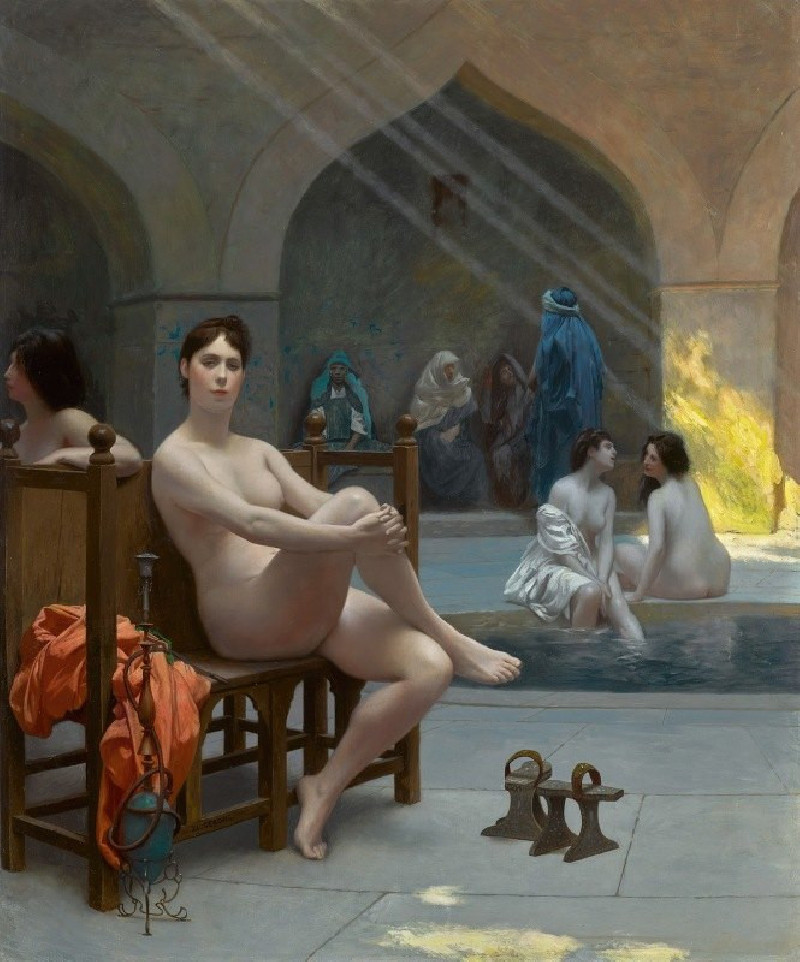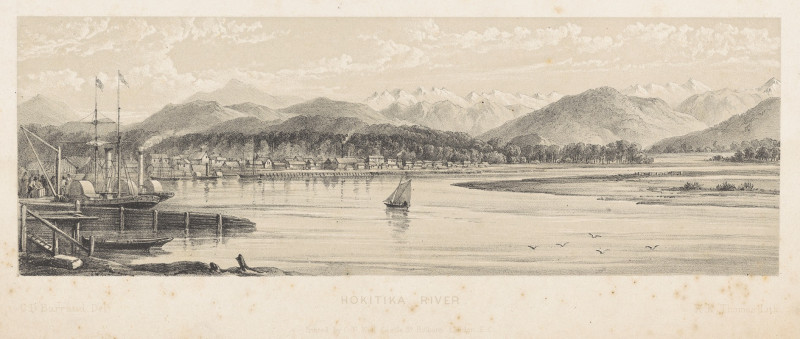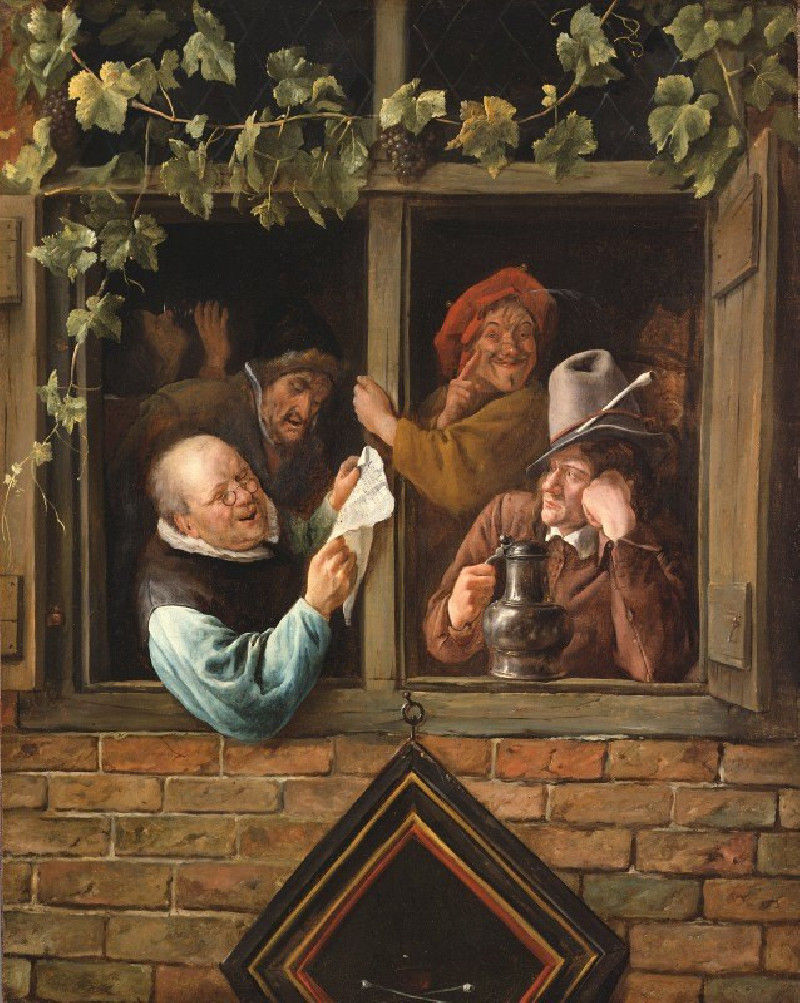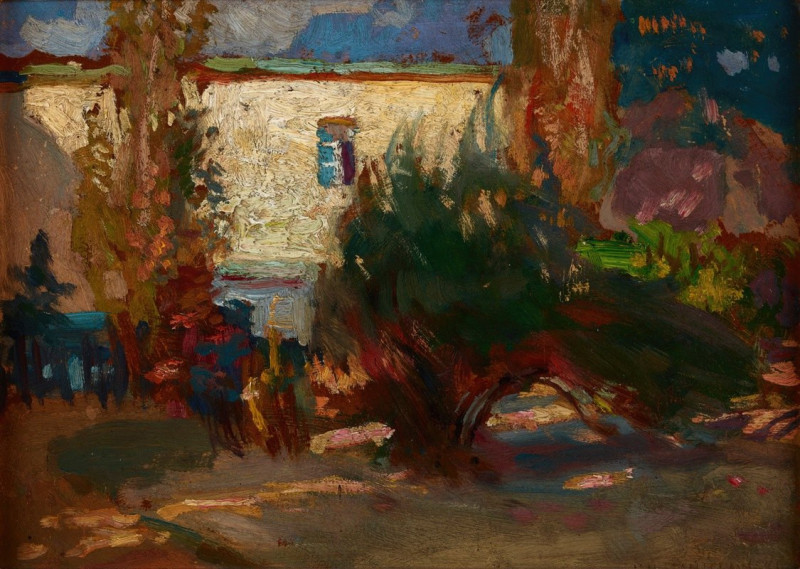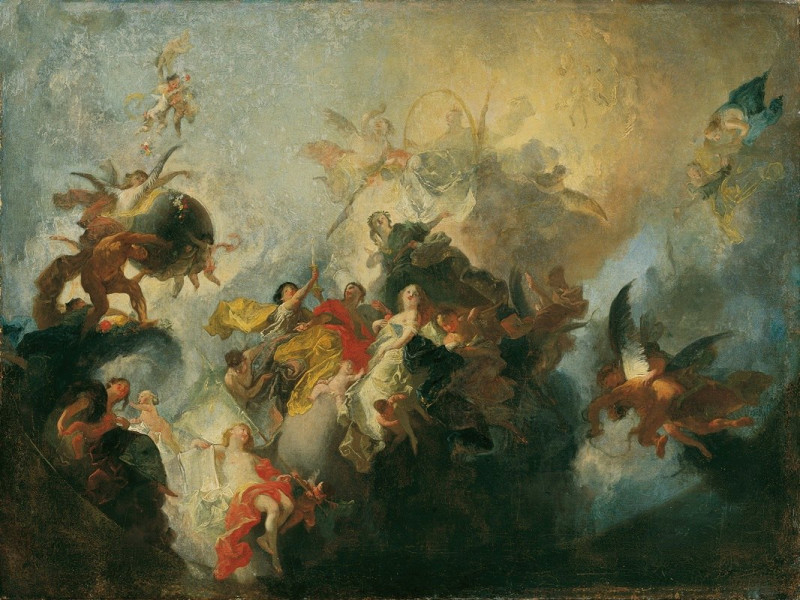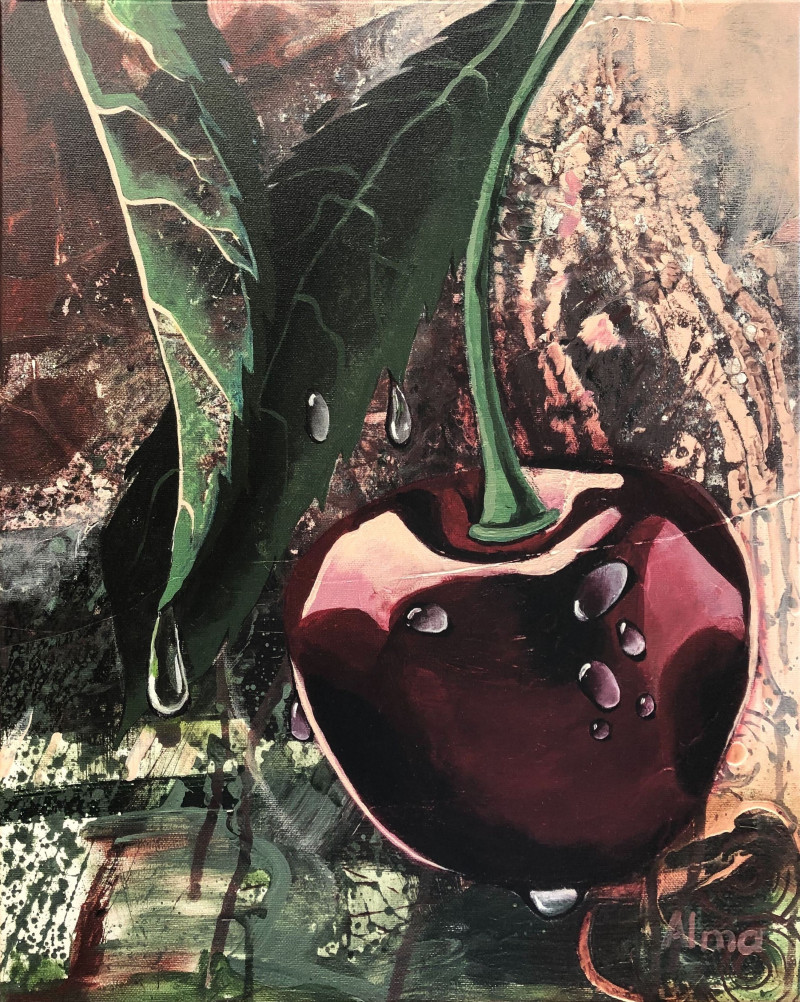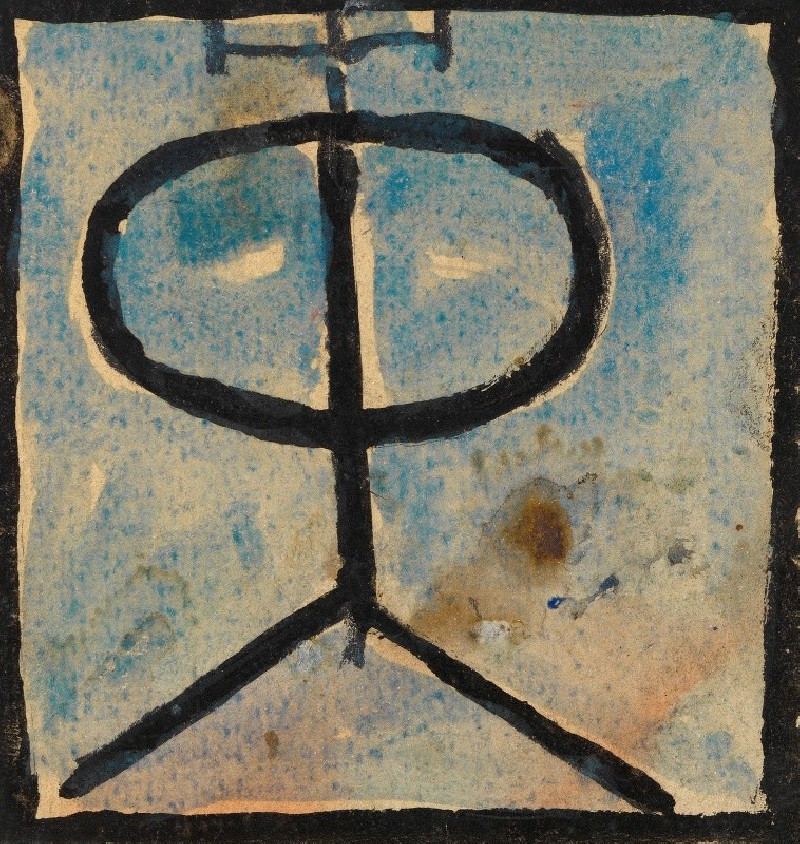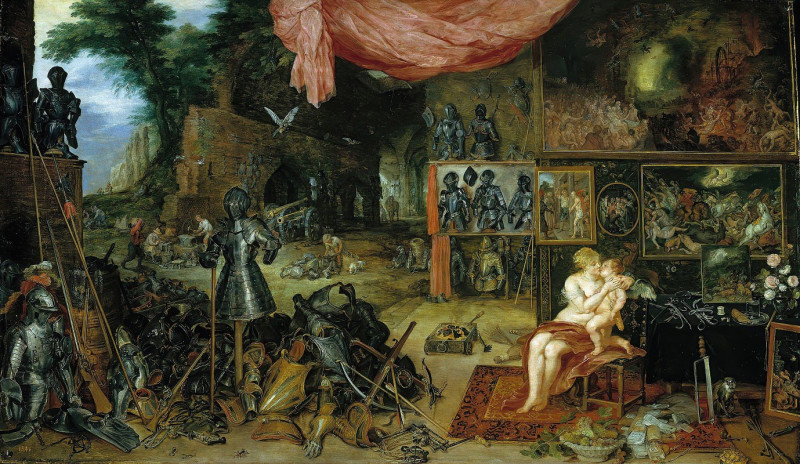Poplars, Éragny (1895)
Technique: Giclée quality print
Recommended by our customers
More about this artwork
"Poplars, Éragny" (1895) by Camille Pissarro is a vivid depiction of nature’s serene beauty through the eyes of an Impressionist master. In this enchanting landscape, Pissarro captures a stand of tall poplar trees, their foliage lush and animated under the gentle impact of light and air. The scene is set in Éragny, where Pissarro lived in his later years, and reflects his deep connection to the pastoral environments around him.The painting is characterized by its lively brushstrokes—short and brisk dabs of color that coalesce into a dynamic portrayal of the poplars and surrounding vegetation. These trees, reaching skyward, dominate the composition, while in the background, hints of a soft, cloud-strewn sky peek through. The foreground is a tapestry of greens and yellows, suggesting flowering meadows and the fertile vibrance of the countryside. A simple fence running across the scene hints at human presence without overtly breaking the natural dominance of the landscape.Pissarro's expertise in capturing natural light and his sensitive, detailed approach to the natural world is markedly evident in "Poplars, Éragny". Each element in the painting—be it leaf, sky, or grass—seems to pulsate with life, offering viewers a timeless glimpse into the tranquil and untamed beauty of the French rural landscape.
Delivery
Returns
Blessed are they who see beautiful things in humble places where other people see nothing. — Camille Pissarro
Camille Pissarro (1830-1903) was born on St.Thomas (now the US Virgin Islands) to a Portuguese father and a Dominican mother. He went to Paris to study art at Ecole des Beaux-Arts. He was an early pioneer of pointillism and neo-impressionism and later became a mentor of many famous impressionist painters including Cezanne, Manet, Renoir, and Gauguin. His paintings depicted rural and urban French landscapes and lifestyle. Many of his works politically captured images of peasants and laborers. Today, he is considered the father of impressionism.
































